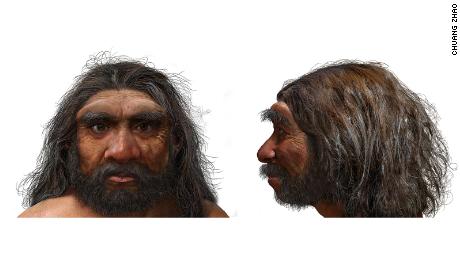
Scientists say the skulls found in China more than 140,000 years ago have a close resemblance to modern humans. Scientists believe that modern humans have more in common with Neanderthals than with skulls found in northeastern China.
As a result, the concept of human evolution may change a lot. Researchers said this on Friday. Khabar Al Jazeera
The skull, which was found almost intact, belonged to a middle-aged man. Eyes inserted in the groove, thick eyebrows. Wide face and narrow chin. These features of the skull have brought the possessor of the skull closer to modern man than the other surviving members of the human family tree.
Researchers have found a link to earlier human fossils found in China. They have named the specimen of this species ‘Homo Longi’ or ‘Dragon Man’.
Named ‘Harbin’, the skull was discovered in 1933. It was also named after it was found in a place called Harbin. It has been in hiding for the last 65 years to protect it from Japanese forces during World War II. The skull was recovered in 2016 and handed over to Professor Ji Qiang of Hebei GEO University.
Chris Stringer of the London Natural History Museum, who co-authored the study, said: “Our research shows that the Harbin skull is more closely related to modern humans (Homo sapiens) than Neanderthals.” This means that dragon humans have more relationships with modern humans than Neanderthals.
Chris Stringer considers the Harbin species to be the ‘sister species’ of Homo sapiens.
The study was published in the journal The Innovation. These skulls are thought to have existed on Earth at least 148,000 years ago in the Middle Pleistocene.
SourceSamakal
MU / 26 June 2021
Health | DesheBideshe
2021-06-26 20:10:38
Source link



